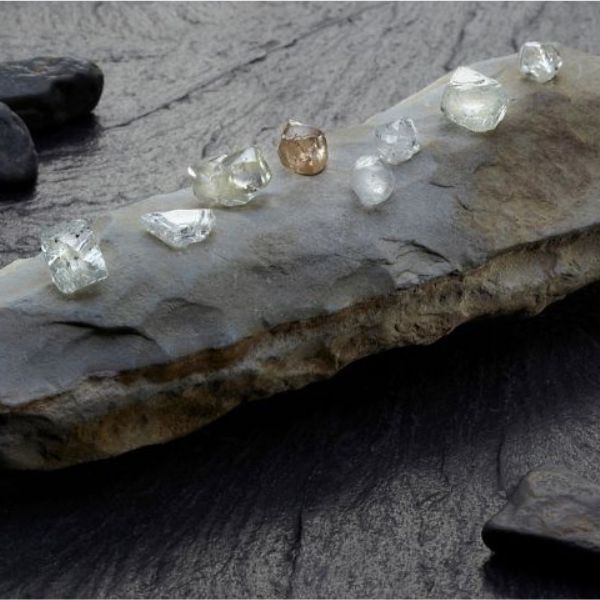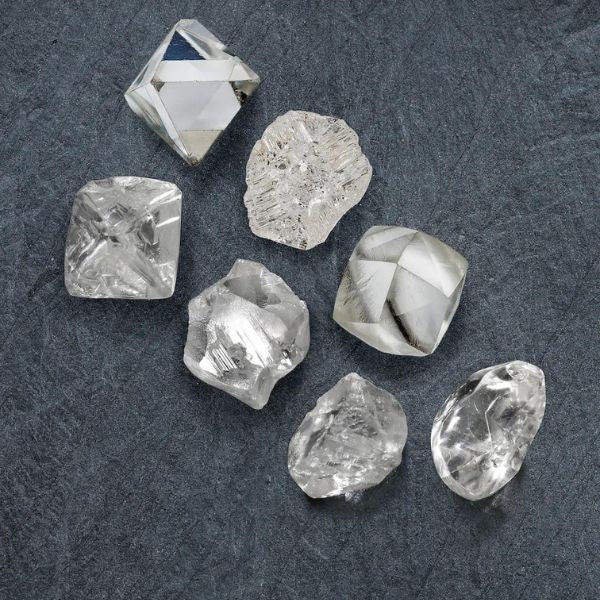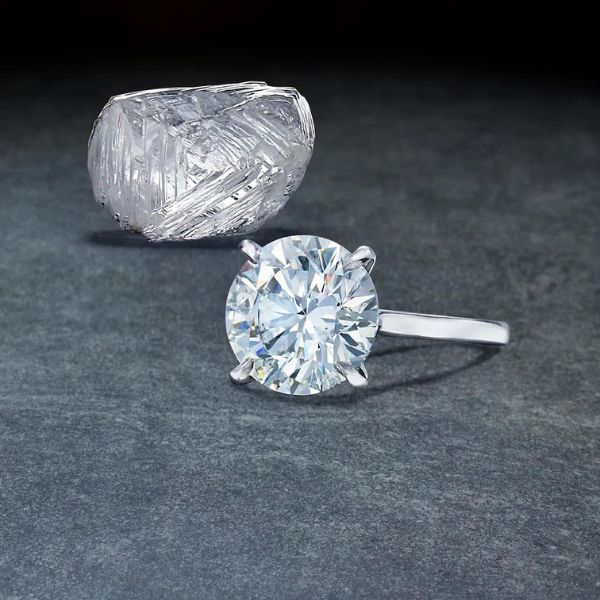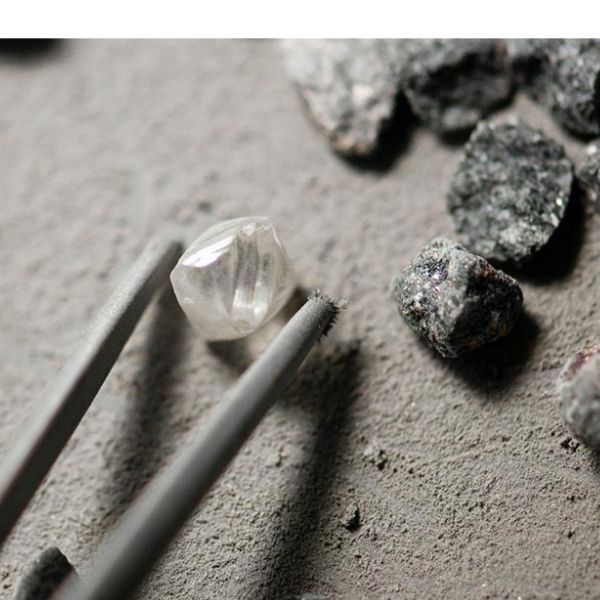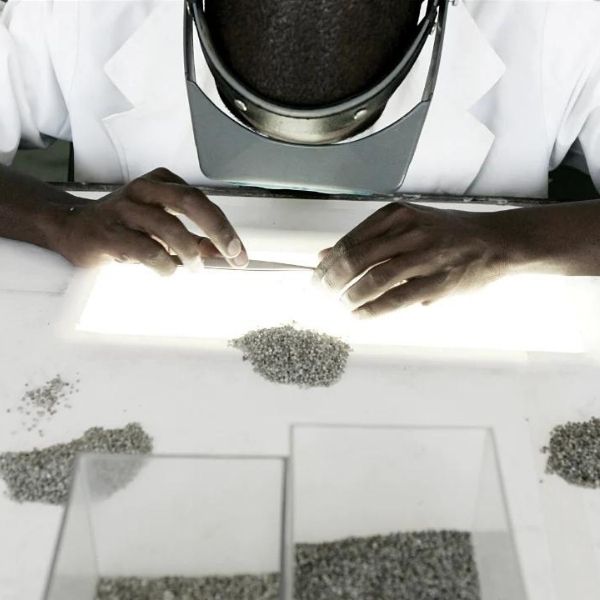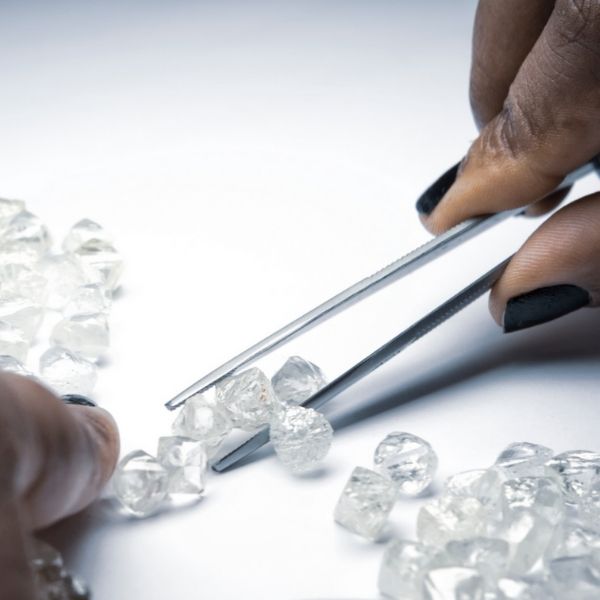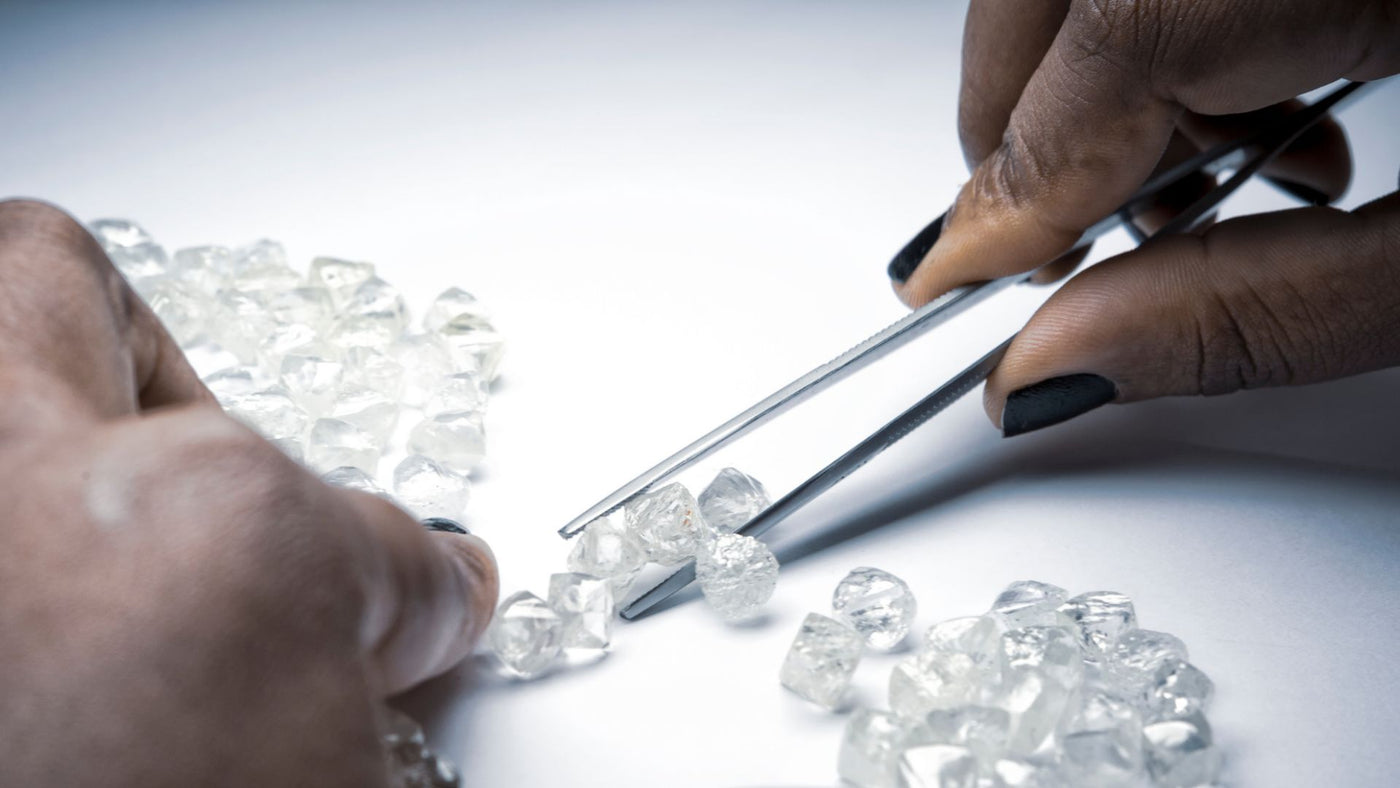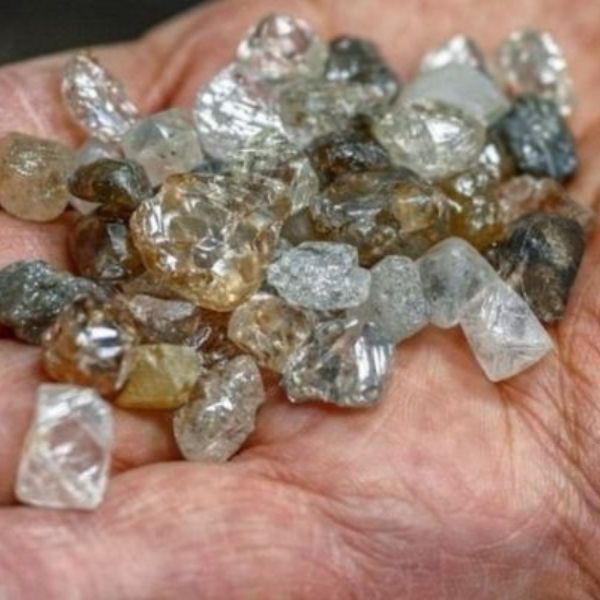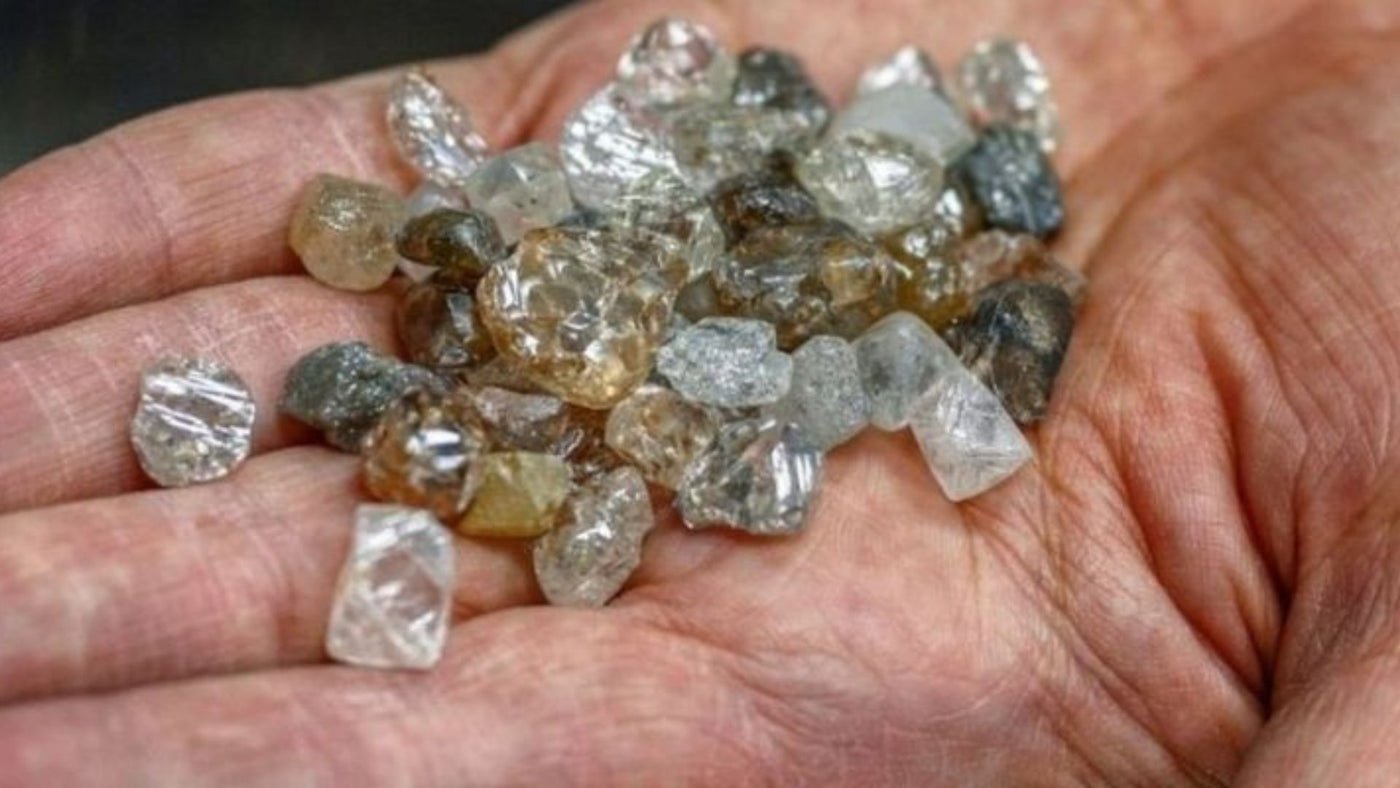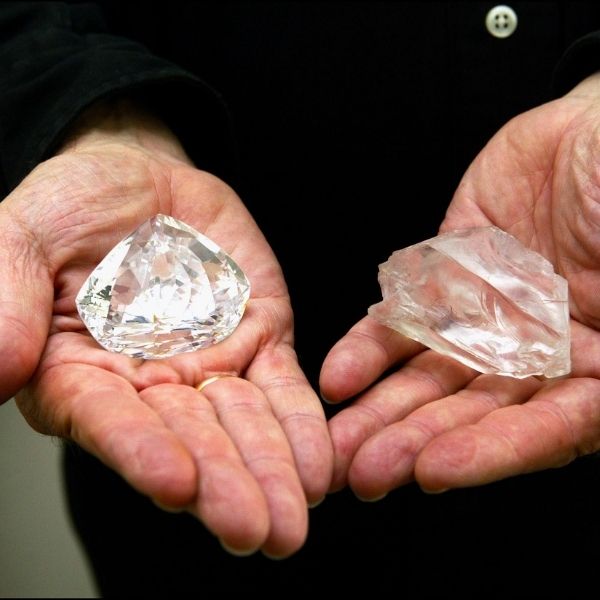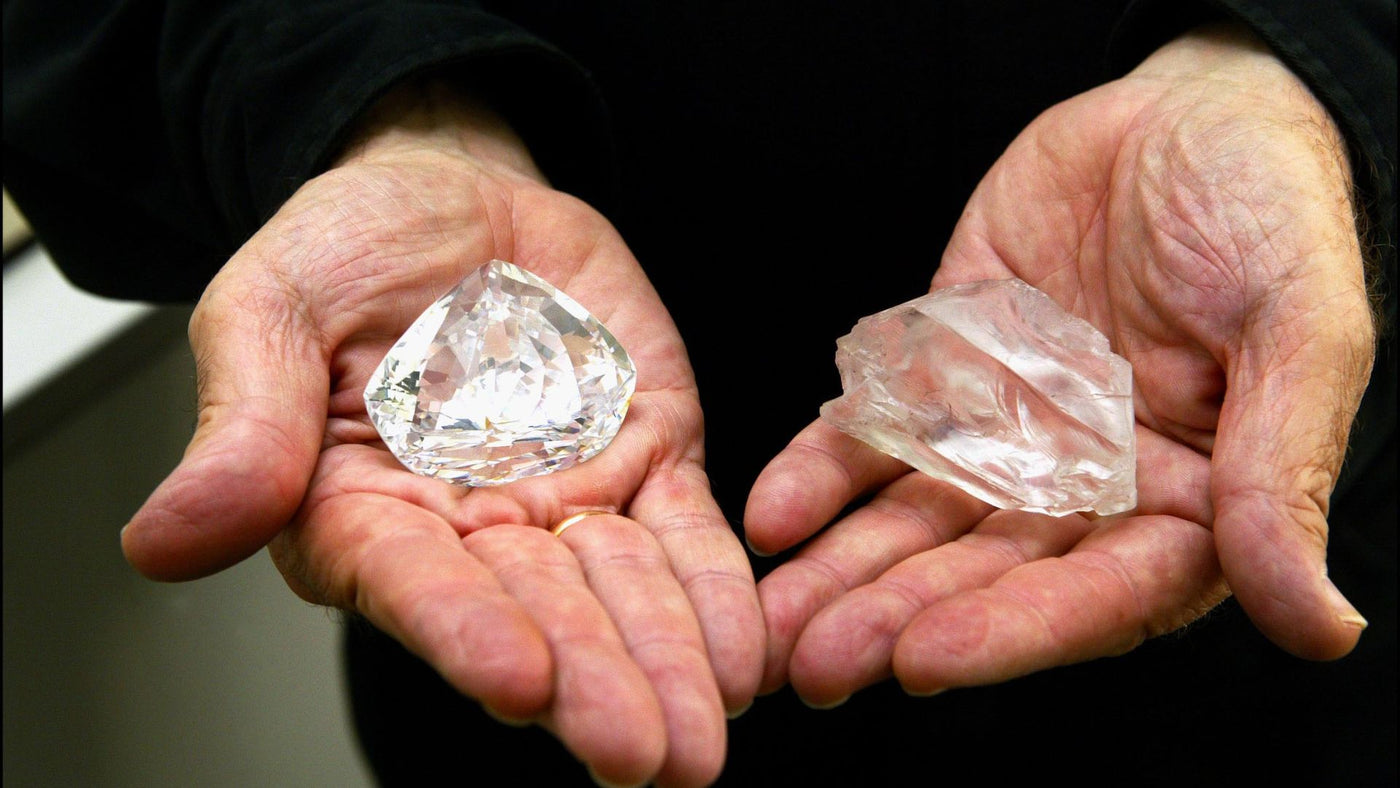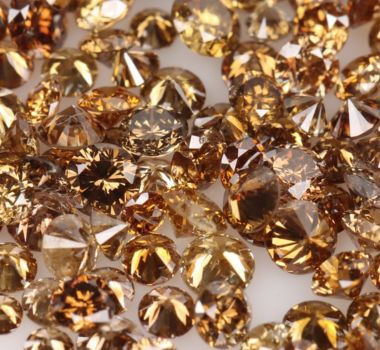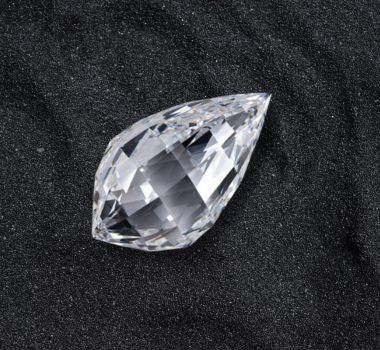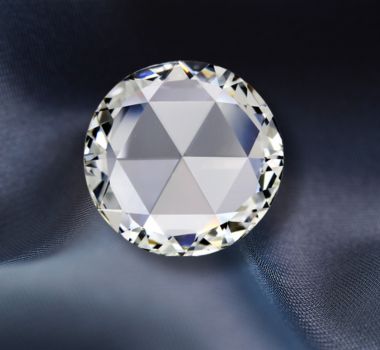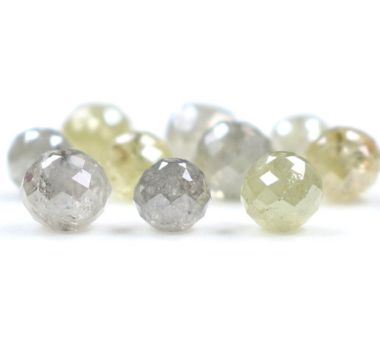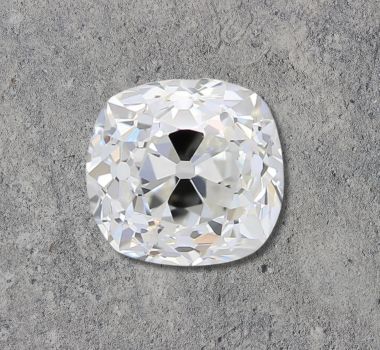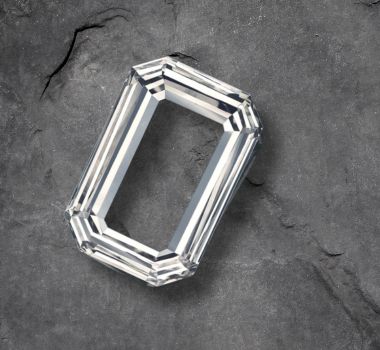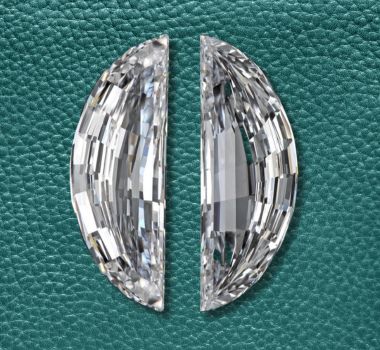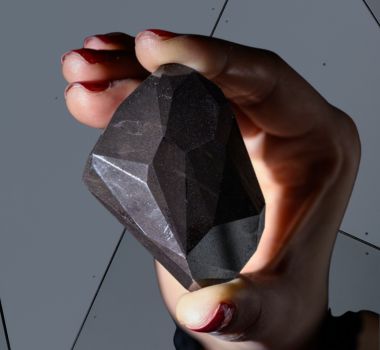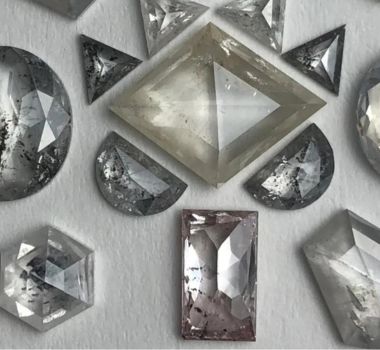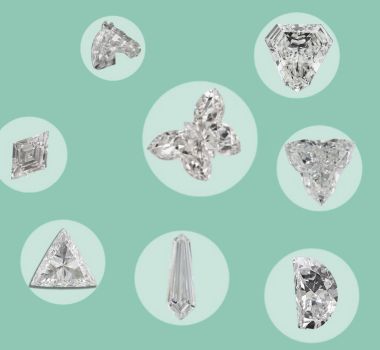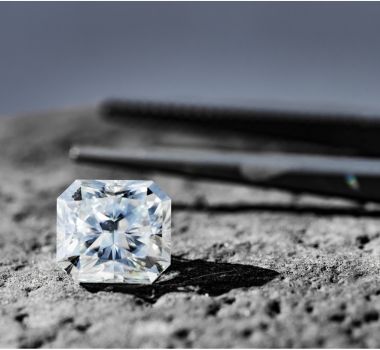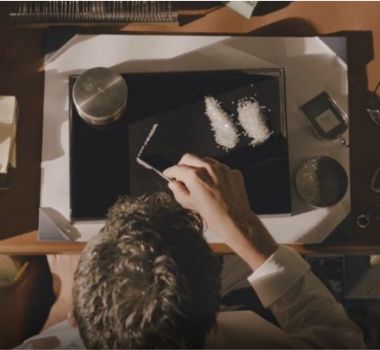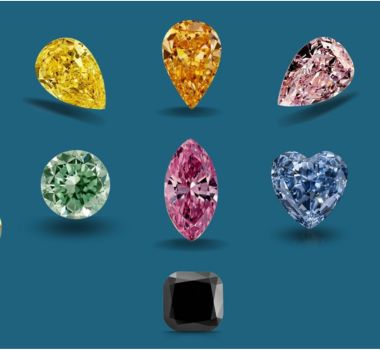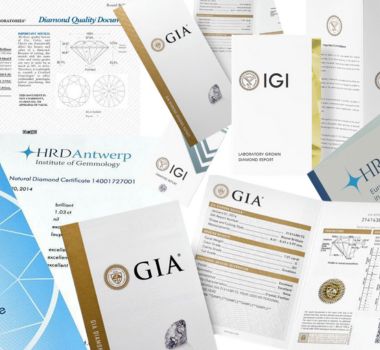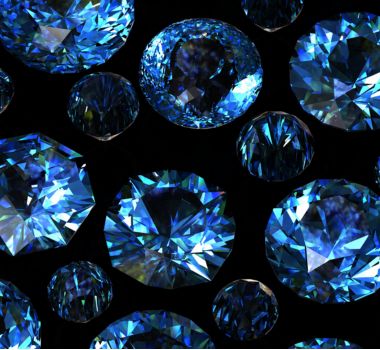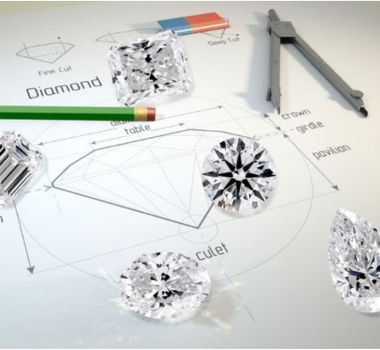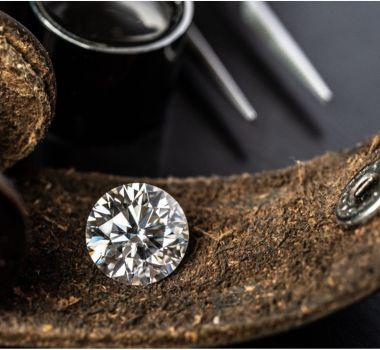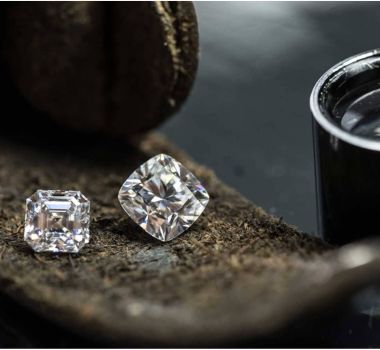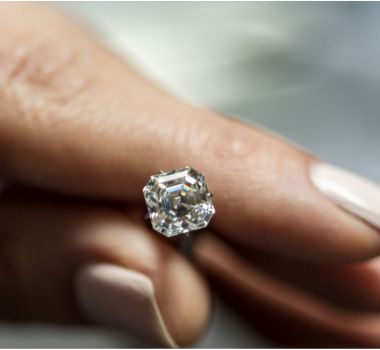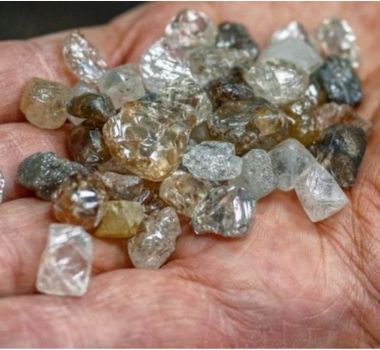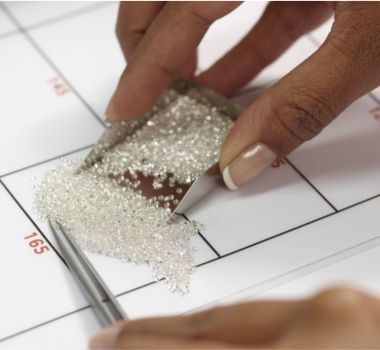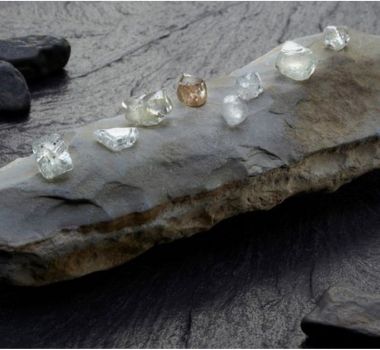
The Miracle of a Natural Diamond
A diamond, one of the world's most cherished treasures, stands as a remarkable and unparalleled gift from nature. Originating deep within the Earth millions of years ago, diamonds embark on an extraordinary natural journey.
Similar to snowflakes, each diamond is distinct, featuring a natural pattern that narrates a unique tale, ensuring no two are alike. Natural diamonds serve as the ultimate symbols of strength and resilience, revered possessions acquired to commemorate special occasions or passed down as family heirlooms from one generation to the next. Given the extensive process of polishing and cutting that raw diamonds undergo before gracing the display of a nearby jewelry store, it is fitting that natural diamonds are celebrated as both unique and precious.
Navigating the Diamond Processing Odyssey: Uncovering Raw Diamonds
Following the diamond mining process, the initial stage involves comminution, wherein the ore undergoes crushing and milling. Once the ore is crushed, the rough diamonds are isolated from the slurry by being passed over a grease belt, as diamonds exhibit an attraction to grease. Subsequently, the natural rough diamonds undergo measurement and sorting before embarking on the cutting and polishing process.
Diamond Manufacturing Return On Investment
While natural diamonds hold intrinsic emotional value for buyers, manufacturers prioritize Return on Investment (ROI) above all else. Every rough diamond undergoes meticulous scrutiny before decisions are made regarding its cutting. The diamond is then marked strategically to maximize its value.
Considering imperfections and clarity, a single rough diamond can often yield two to three marked diamonds.
Diamond Cuts
Although color, clarity, and carat are widely known as the primary factors for diamond selection, consulting a diamond-cut chart can assist in distinguishing between a good and an exceptional diamond. Observing such a chart might lead one to assume that intricately shaped diamonds, like the heart-shaped ones, would necessitate higher cutting expertise and, consequently, fetch a higher price. However, round-cut diamonds consistently command premium pricing, regardless of carat weight!
Utilizing either a specialized saw rotating at 4000 revolutions per minute or a laser, the rough diamond is cut into distinct pieces through a process known as diamond sawing, which typically spans 4 to 8 hours. Intriguingly, it is not the copper saw itself that slices through the natural rough diamond, but rather the diamond dust with which it is coated. Given that diamond stands as the hardest known mineral to humanity, only another diamond possesses the capability to cut through it.
The Craft of Diamond Polishing
What is the process of diamond polishing? In a technique known as brillianteering, the facets of the cut diamond undergo polishing to achieve the optimal reflection and refraction of light. The level of fire, brilliance, and sparkle in the diamond is determined by the quality of the natural diamond's polishing.
The Scaif, a diamond cutting wheel, was created in the late fifteenth century by Lodewyk van Berken, a diamond cutter from Antwerp. This invention revolutionized the craft of diamond cutting. To prevent the rough diamond from shattering during cutting, a coating of oil and diamond dust was applied. Despite the advancement of tools for cutting and polishing natural diamonds over the years, the scaif continues to be employed to enhance the brilliance of diamonds.
Diamond cutting and the art of polishing diamonds embody both artistry and scientific precision. Not everyone can aspire to become a diamantaire, a specialist in diamonds, as it demands years of dedicated study and meticulous attention to detail. The process leaves minimal room for errors, enhancing the glory and mystique of the diamond as it undergoes a transformative journey from a natural rough diamond to a resplendent jewel.
